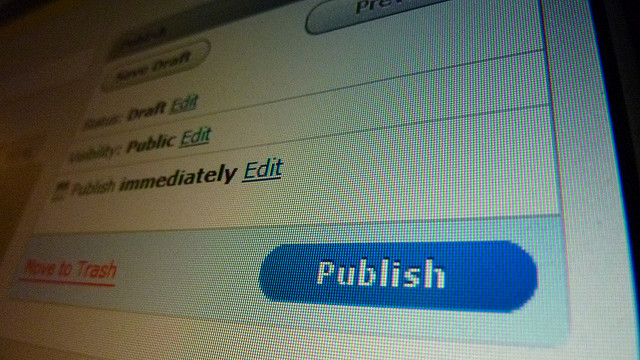Today, DTP is an integral part of the translation process. Through the use of DTP software, translation organizations can format and re-create foreign language page design/layouts both for print and Internet use, without compromising the message and feel of the original material. DTP specialists work carefully to ensure that a culturally accurate and appropriate message is reflected through the use of graphics, fonts and design elements.
Translated languages pose challenges to DTP specialists
Translating files into other languages can wreak all kinds of havoc on original layouts, graphics and formatting. Photo captions, graphs, forms or other illustrations may be inadvertently repositioned, truncated or even lost altogether. Because some languages take up more space than others when written, the ratio of text to white space can vary widely from language to language. Bulleted lists, hyphenation, paragraph breaks, spacing and other graphic design elements may all be negatively affected in the transition from one language to another.
One other aspect of DTP services is the culturally appropriate use of color and imagery. What is perfectly acceptable in one culture may be inadvertently offensive or have negative connotations in another. For this reason, it’s important to take cultural norms into account when translating page layouts for print or digital materials.
Graphic design, page format and fonts are just part of the DTP process
Professional translation organizations will provide multilingual DTP services to ensure that each client’s translated files are completely aligned with the target language’s visual layout and design requirements. Formatting, punctuation, hyphenation, captions, illustrations, graphic design elements – every detail must reproduced accurately when presented in the target language. DTP services should accurately reflect local cultural norms, provide accurate text-to-white-space ratios, and ensure that order forms, feedback forms, client contact forms and hyperlinks are fully functioning in the new target language.
DTP services are used to create digital media such as web pages, downloadable information sheets, brochures and other PDF documents. Printed pieces such as flyers, handouts, brochures, signage, forms and other hard-copy materials are also formatted for printing using DTP software, design and layout services.
Image: Sean MacEntee
